
Important Notice for Existing and Potential Clients: As from 4th March 2013, Phil Lomax, Director and Principal Consultant of Green Dimensions is moving to take up a position as Principal Ecologist at Thomson Ecology. |
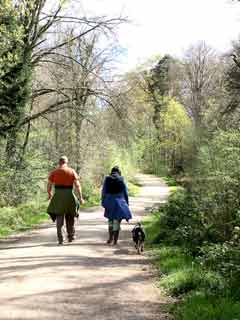 |
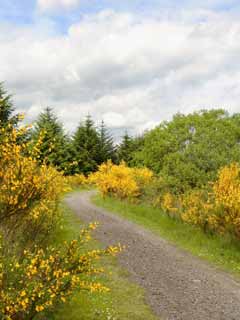 |
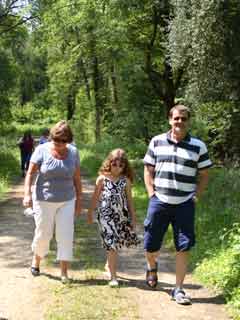 |
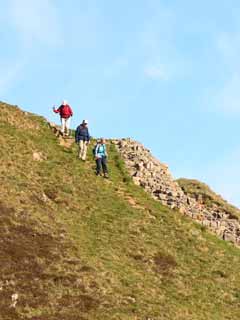 |
 |
|
News and Information More Green Investment Needed in the Future Two new recent reports have highlighted the growing need for the protection and enhancement of multi-functional green infrastructure. The CABE (Commission for Architecture and the Built Environment) report ‘Grey to Green’ (1) calls for the balance between grey infrastructure and green infrastructure to be redressed: “We are at a new milestone in the planning and design of urban communities. A place where we start to co-exist with the natural environment instead of developing in conflict with it. Green infrastructure (GI) is at the heart of this co-existence. By this we mean a network of living green spaces. These natural assets do not receive anything like the investment or management that go into the road network or sewerage system. We do need grey infrastructure, of course. But there is a glaring imbalance in the funding and skills available to each – which is the reason for our campaign.” This is the stark and uncompromising message from Richard Simmons, the Chief Executive of CABE in his foreword to the report. CABE estimates that just a 0.5% switch from investment in grey infrastructure would lead to a 141% increase in investment in green infrastructure – that is how disproportionate current levels of respective investment are. The report also highlights the chronic shortage of trained professional greenspace designers and managers – the very skills needed to take forward the grey to green infrastructure revolution. The Foresight Land Use Futures Project report (2) states that: All of these benefits are important in their own right: a land devoid of green spaces for recreation, or semi-natural landscapes that support wildlife, would be as unthinkable as land that is not economically productive. In this context, the ability of given parcels of land or landscapes to deliver multiple benefits simultaneously – so called ‘multifunctionality’ – adds to its value and versatility. However, many land uses can conflict with each other: more land for one use can mean less for another. As explained below, in the future, greater pressure on land will mean that the requirement for land to deliver multiple benefits will also increase.” The Green Dimensions report for the Environment Agency described above is an example of how one area of land on the rural urban fringe can provide multiple benefits for people and the environment. It offers the potential to improve access to the countryside for urban populations and provide a range of recreational and health benefits. It can provide for education and training in science and the environment and in land management skills. The site could make a significant contribution to local and regional biodiversity targets. It can help generate renewable energy and contribute to tackling climate change. It can help with the economic regeneration of the West Midlands by improving the image of the area and providing new tourism opportunities. The Foresight report identifies some major drivers of change in the future and identifies the pressures and tensions that those changes could exacerbate unless managed and regulated. Three particular cross –sectoral challenges are identified:
Some of the options set out for dealing with these issues are radical. For example that people in the South East should bear the full cost of their environmental footprint, or, development should be directed to regions that are not under such current pressures on land; or the movement towards an area, or catchment-based approach to land use policy, rather than through the functional management of land within existing administrative boundaries. This could involve the creation of land management institutions and encouragement of stewardship covenants and partnerships to enable different aspects of individual tracts of land to be considered together by local communities and stakeholders in decision-making. What both of these reports are saying in different ways is that pressure on our land is growing and the lands ability to sustain us is being pushed to the limits. Therefore we have to make the best use of all land to deliver multiple benefits, especially where, such as in our cities, those pressures on precious land are at their most acute.
(1) ‘Grey to Green’. How we shift funding and skills to green our cities. CABE, 2009. http://www.cabe.org.uk/publications/grey-to-green (2) The Foresight Land Use Futures Project (2010). Executive Summary. The Government Office for Science, 2010. http://www.foresight.gov.uk/OurWork/ActiveProjects/LandUse/lufoutputs.asp
|
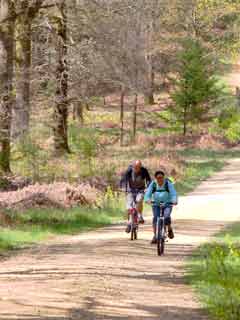 |
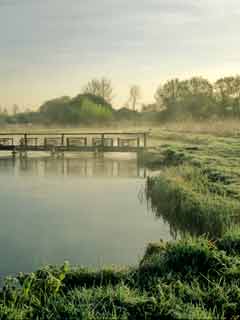 |
 |
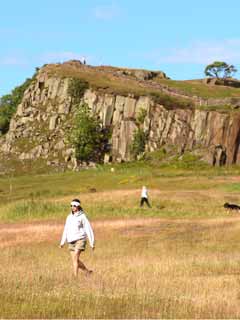 |
 |

Web Site Development and Wildlife Photography by Andrew Walmsley |
Copyright © 2008 Phil Lomax and Andrew Walmsley All rights reserved Copyright notice Terms and conditions |